LAZY SIMULATOR
4/27/2020
Intro
As a response to today’s economic system of self-exploitation, precarious self-management, and overwork, a system also haunted by guilt and depression, we created a compilation of diverse exercises for practicing the pleasures of laziness, radical idleness, non-work und unproductivity. The manual was composed by the members of the (non)work group and invited experts.
List of exercises
- How to become lazy on a long-term basis after durational & exhausting work performance with a series of multiple failures and breakdowns / Olia Sosnovskaya
- Building a career in the dying world / Ambition in grief / Olia Sosnovskaya
- To make a black painting during three hours in a public square / Nils Claesson
- To make a white painting on a white canvas in a black box / Nils Claesson
- Born but yet unnamed / Dzina Zhuk
- Constraining activity / Nicolay Spesivtsev
- A guided obsession / Olia Sosnovskaya
- Looking at great successful young artists you will never be / Olia Sosnovskaya
- Bodies at non-work (sleeping bodies – sick bodies – exhausted bodies – unskilled bodies) / Olia Sosnovskaya
- To play computer games which don’t care if you play them or not / Dzina Zhuk
- Create a temporary recreation area / eeefff
- Instructions for unproductive daydreaming session / Mila Pavićević
- How to upset a Father (An assault on the powerful through nasty means) / Welcome to the Dollhouse!
- Hyperactive exercise / Aleksei Borisionok
- Anxiety is a place, a place is a destiny / n i i c h e g o d e l a t
- Relaxation/relaxed tongue / n i i c h e g o d e l a t
How to become lazy on a long-term basis after durational & exhausting work performance with a series of multiple failures and breakdowns
Get a stipend, which does not depend on a regular production, but guarantees regular payments. According to its conditions you might need to produce something – but in the end. The further and less clear this end is – the better. The vagueness and openness of the timeline, along with the lack or absence of the intermediate deadlines and supervision will allow you to be in charge of your effort and time distribution ! Beware of the temptation to become the secretary, assistant, boss, and policemen of yourself !
There are 2 modes of practicing laziness. Advanced mode implies starting non-working on your ‘project’ as soon as you get the stipend. For extreme workaholics with high levels of responsibility and guilt inclinations, we suggest a soft mode, where one gradually reduces the time spent on their ‘project’. Starting with 8 hours of work a day, 5 days per week, one should work one hour less everyday, so in 1,5 half week you will get only 1 hour of work. Next step is to start working fewer days per week. One should either gradually reduce the number of working days per week or skip every second working day, gradually skipping more and more days. Finally, after extended days-off and continuous idleness, it would be harder and harder to get to the working routine. When you feel that you have completely internalised the laziness, you can get into practicing laziness independently, without a timeframe.
! Beware of getting overexcited by the amount of free time and falling into the trap of other production-oriented projects. Decline all other invitations and skip all the open-calls where you would need to work.
! Beware of the feeling of guilt that might haunt you at some point. Remember that ‘laziness’ as a negative phenomenon is a concept imposed by the exploitative capitalist and state systems. There is nothing either natural or normal in work. Constant work is unnecessary. Your body can self-regulate the regimes of activity, so trust it. Finally, think and reply to yourself honestly: has all the time and effort that you put into work over the years been rewarded fairly, if at all? So your idleness is just a belated reimbursement or an extended burnout rehabilitation.
! ! The recovering effects of the long-term laziness might be overruled, when / if the actual really final deadline arrives.
By Olia Sosnovskaya

Building a career in the dying world / Ambition in grief
Search online for ‘climate change’ and read related articles for 1 hour.
Remember the natural cataclysms which happened this year and are happening now. Look outside and think if the weather is normal for this place and time of the year. Since when have you started noticing these anomalies?
Relate the scientists’ predictions of the climate change affects forecast to your age: how old would you be when most of the glaciers melt? When half of the existing species are extinct? When some countries become uninhabited?
Reply to yourself honestly, how would you want to spend the years before the catastrophe?
By Olia Sosnovskaya
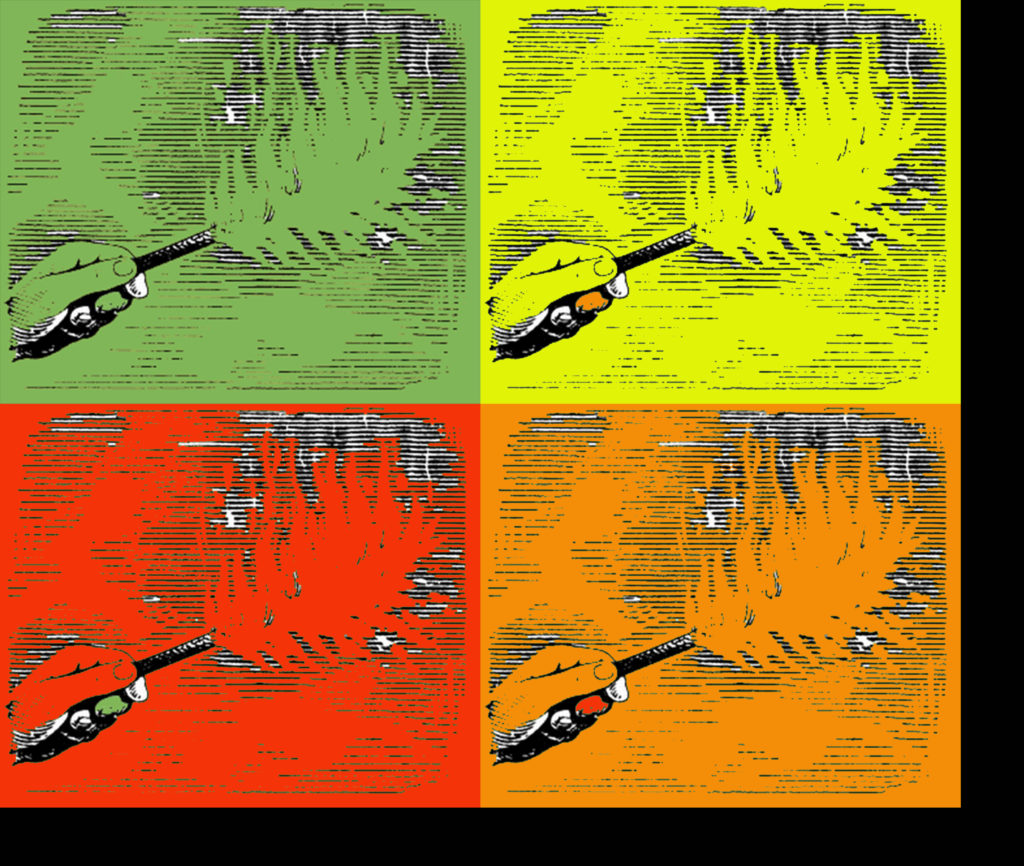
To make a black painting during three hours in a public square
Take an empty white canvas, an easel, black paint, and one brush into public space. The best is to choose a place that contains some black elements.
Paint the white canvas black over the course of three hours.
The rules for the performance is to be open to questions from people passing by – but never stop painting, using very slow and controlled movements.
Do not hesitate to transform the performance into a general discussion over the tradition of monochrome painting (Malevich etc), the nature of black color and painting as an activity.
This performance was performed in 2010 at Sergels Torg in Stockholm. More info here.
By Nils Claesson
To make a white painting on a white canvas in a black box
Take an empty white canvas, an easel, white paint and one brush into a black box space.
Paint the white canvas white during 20 minutes.
The rules for the performance is to be open for questions from the audience that will be sitting or standing in a circle around the artist.
Do not hesitate to answer questions about the tradition of monochrome painting and the nature of white. One reference in the discussion could be Malevich’s white paintings, another artist to mention could be Robert Ryman. The nature of the color white and the relation between white as a color and the black box as a space could also be a topic.
By Nils Claesson
Born but yet unnamed
Wait until your birthday has come. Invite all your friends to go for a long walk through the city. For my birthday I wrote a message:
2 мар 2019 г., 19:29
hi everyone! I invite everyone to take a walk on
Nagatinskaya-climb-up-a-hill-idle-around-picknicking-visit-local-cafes-and-slopes.
We meet TOMORROW (on Sunday) at 15:30 in KFC near Nagatinskaya metro station. Take food, drinks, friends, and what/whomever you want with you. well… and put on shoes, get ready for everything) see you soon! hugs to everyone!
You can propose your own route or ask for help from your friends.
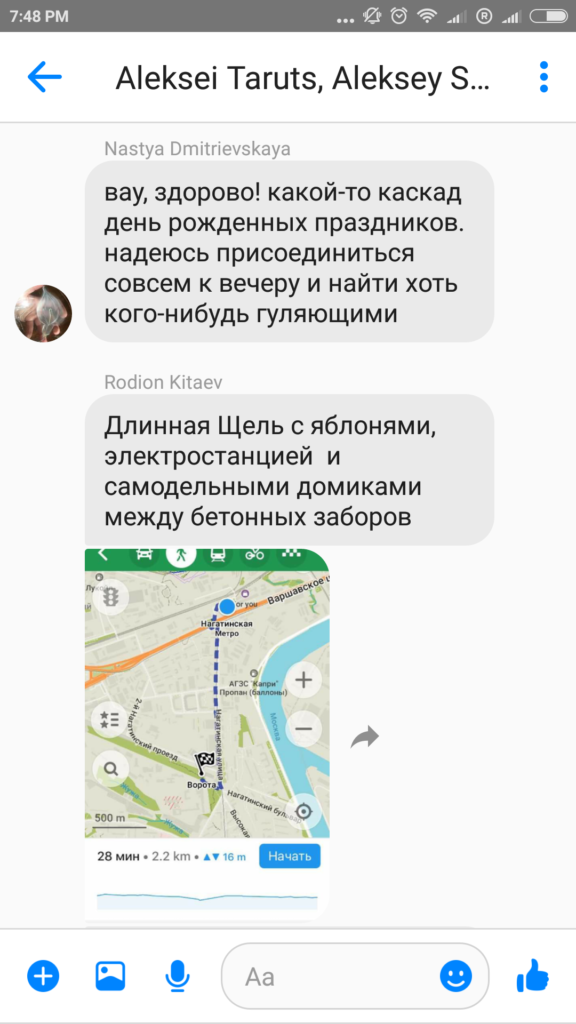
Screenshot from Dzina Zhuk’s birthday chat with friends, 2019
During your walk, give yourself a treat: bring hooch from your friend’s father & drink it on the most beautiful high spot with a view over the city; do not hesitate to eat local food from kiosk & drink alcohol bought in a corner shop.
After this celebration you will find yourself in an alcoholic intoxication and you can even throw up collectively with your friends. After that, your body will tell you what to do: just lie in bed for 3 days, reschedule all your meetings, eat only healthy and light food, forget about all old ideas and doubts (your body won’t let you do that anyway). This period can be very productive in an unproductive way or unproductive in a very productive way.
By Dzina Zhuk
Comments
wanted to add as another sub-exercise
2) Get sick.
It could be a micro food poisoning or a cold – but be careful with the degree of sickness. Today the deadline-based timeframe and freelance / zero hours employment systems deprive us even of the luxury of getting a proper sick leave. However, as Dzina mentions, your body would not allow you to follow them. Just follow your body desires, un-abilities and aspirations – lie in bed, sleep; don’t look into the screens too much; don’t think, forget about your ambitions and anxieties.
yesss for intoxication! i think it is a really good tool. hangover, выхода. and it shows a complex relation between pleasure & frustration/pain in the work/non-work relations. also serving as a sort of response to the culture of stimulants and vitamins for better productivity
yes, for me it works as a kind of renewal (though it might sounds crazy), i see the things from a new sudden unexpected trajectory
Constraining activity
Please find something which works best for you as a splint. A cutting board, a notebook or an ergonomic part of furniture are all good choices! A bracing material is needed as well. Use something you have on hand. It could be a scarf, belt, a wire from the charger of your laptop or smartphone.
Write down on small pieces of paper those parts of your body that can be constrained. It is better to ask your friends to do the writing to avoid cognitive biases.
Close your eyes and take out one of the papers. Read the name of a chosen body part and constrain it using materials you prepared.
Here are some pictures for inspiration/deprivation:
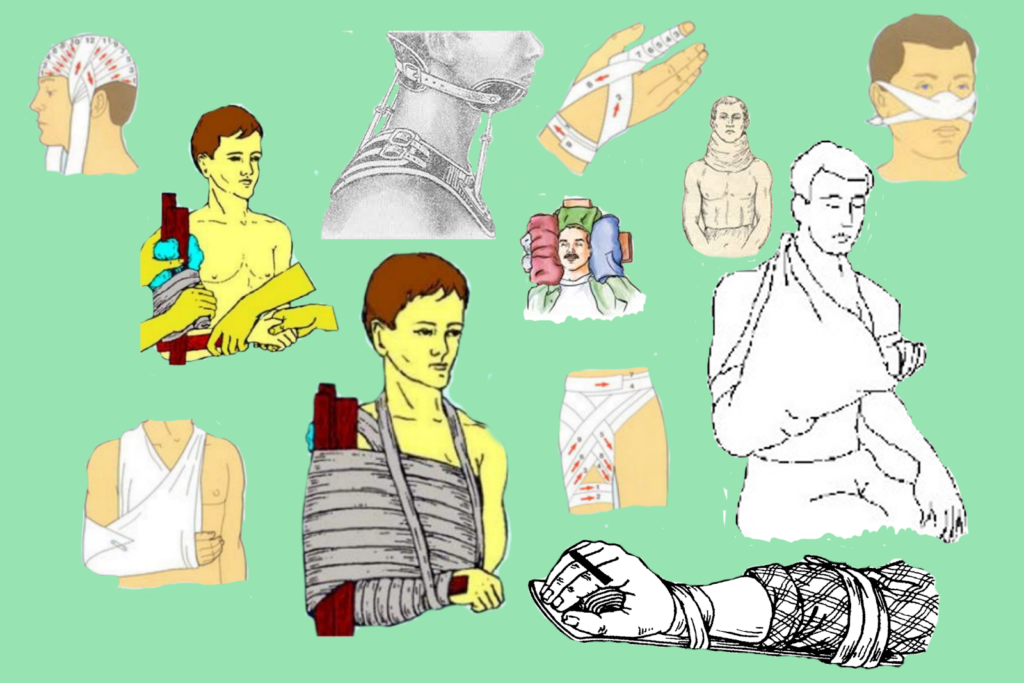
Do things you planned to accomplish today. Do them for 45 minutes, while staying constrained. Please focus on your feelings. What processes are emphasized? What are suppressed or slowed down? What are you focusing your attention on? What is outside of your range of view? Do you want to prolong? What part of your body do you want to have tightened next time?
Please stop your activity strictly after 45 minutes even though you want to prolong the exercise.
Take some pictures of you being tightened. Send them to us with the list of things you made during the exercise.
Repeat the exercise tomorrow.
It’s better to do the exercise collectively.
By Nicolay Spesivtsev
Comments
do you think the exercise would provoke you to give more effort or less?
I think the most interesting effect is to focus on different mechanisms of acceleration that are installed on psycho-somatic level within our bodies. So the aim of the exercise is not to produce more or less but to make new alliances between different parts of ourselves. Does it make sense?
yes! it makes a lot of sense )
A guided obsession
Think of a person you like or used to like recently. If you are in love with someone at the moment, that’s perfect too.
Think about this person for 5 minutes. How do they look like, what does their voice sound? Recall the times you were together. How did you meet the first time? Where did you go together after? What did you talk about? How have you touched each other? If you didn’t, remember how your bodies were positioned in relation to each other.
Imagine how you meet again and what you will do and say. What this person will do, how you would react. Be creative. You can use your previous meetings as inspiration and a template for your dreams.
Find this person’s social network profile. Stalk it for at least 30 minutes. Look at the pictures, read posts and comments, check the people who liked them. Look at the people from their contact list. Be attentive and detailed.
Optional: Write a message to this person, but do not send it. Wait a minute, then re-read it. Edit it. Write a few other messages. Choose one that you would like to send.
! Beware of obsessive working in case your affection becomes too strong and is not mutual.
By Olia Sosnovskaya
Comments
I’m thinking to myself if we should include this exercise at all. First of all, is it ethical to involve others in this kind of practice, even indirectly? Secondly, maybe it’s too foolish? What do you think?
I like the idea of suspended obsessions, practiced emotional potential which can or cannot expose itself in the future. The idea of preserved emotional labor. Coming back to your question, I think these people would be pleased to be remembered by a person who does this exercise amidst the mayhem of meaningless concerns, or even receive a text from them. We don’t get offended if we greet a happy birthday with a wave of a magic algorithmical wand of social networks, right?
Looking at great successful young artists you will never be
Go to the https://futuregenerationartprize.org/ or any other webpage of young artists’ prize, or check Documenta or Venice Biennale participant lists and look for people under 35 years old. Browse through the participant’s websites, gaze at glossy screenshots and splendid photos of displays. Scroll endless exhibition lists in their CVs. Check what kind of schools they went to. Calculate how much the education and life in that countries would cost you, including visa-related expenses and fees depending on your citizenship. If possible, check how diverse the graduate of those schools are in terms of ethnicity, gender, class, and origin.
If you happen to graduate from the same school, ask yourself why you are still not among those people yet? Look back at your life and analyse what has brought you to your current place. Dream about other options you might have had – would they make any difference? Given the experience of the past years, do you think your status would change drastically in the near future? Ask yourself if you put too much effort and stress in what you are not really in control of?
If you will never become a great successful young artist, just relax and do what you really really want and enjoy.
By Olia Sosnovskaya
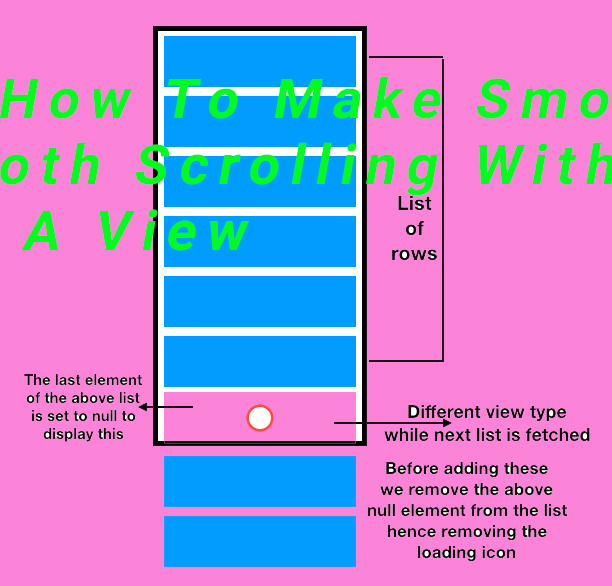
Digital collage by Olia Sosnovskaya 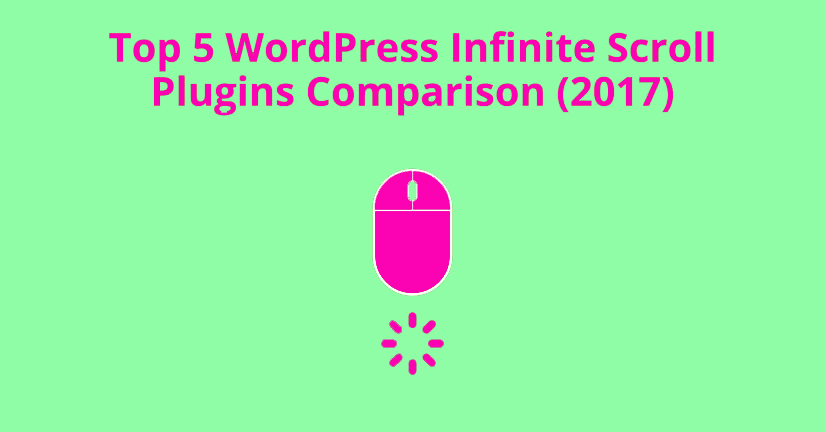
Digital collage by Olia Sosnovskaya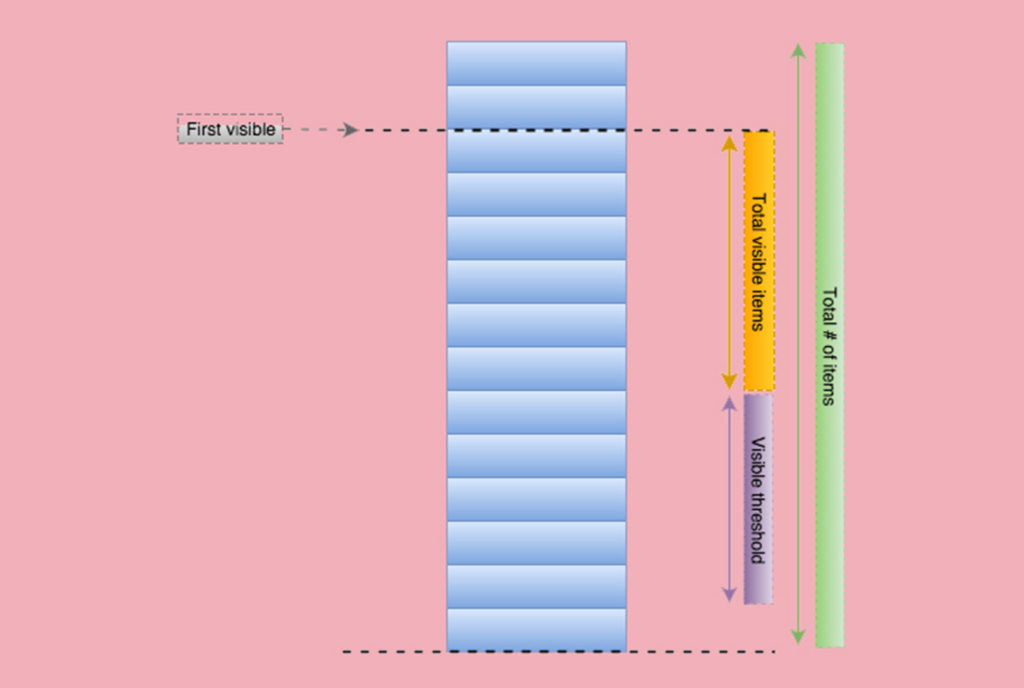
Digital collage by Olia Sosnovskaya
Bodies at non-work (sleeping bodies – sick bodies – exhausted bodies – unskilled bodies)
Create a playlist with the music you can’t resist dancing to. If you have a good or loud enough sound system, the exercise would be more efficient, but using headphones is also possible. Set an alarm clock to any time during your working day. The exercise can be performed anywhere, the only requirement is the proximity to your workspace, so you can switch to the practice right from your work.
Start the exercise: turn on the music from your playlist and dance energetically, devotedly and passionately for at least 10 minutes. Repeat the training everyday, gradually increasing its duration by adding at least a minute each time.
As a result of this exercise your attention and overall bodily condition would be drastically switched from the working routine, with its flow interrupted. The effect of the exercise can last for over an hour after its fulfillment.
By Olia Sosnovskaya

Screenshots from the online search engine, provided by Olia Sosnovskaya
Screenshots from the online search engine, provided by Olia Sosnovskaya
Screenshots from the online search engine, provided by Olia Sosnovskaya
Screenshots from the online search engine, provided by Olia Sosnovskaya
Comments
Is dance non-productive or, on the contrary, does it train stamina and provide rehabilitation in order for the improved body to be useful and able to work again? Substituting overwork with another kind of exhaustion, which seems liberating and transcendent. Does it make your body disobedient to the logic of capitalism or rather train it to sustain long monotonous hours of activity.
For me it’s hard to think about any type of autonomous activity free from the logic that a body should incur value (in a form of creative potential as well). Everything that seemed autonomous and authentic yesterday, tomorrow could be a form of alienating work. So maybe we can talk not about places/time/states-of-our-bodies but about networks we can web/twine. My question is: what type of solidarity/empowerment can we establish through dance?
<3 for your last question !
To play computer games which don’t care if you play them or not
I’m grateful to Alexandra Anikina for inspiring these ideas.
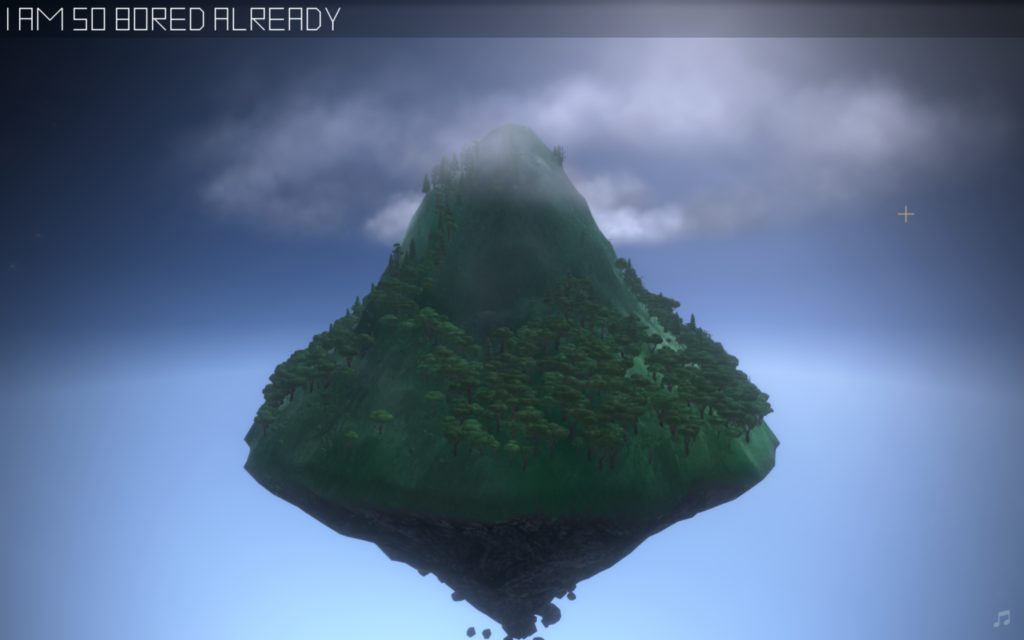
Mountain. It is a certain world, in which a separate autonomous mountain exists – an agent beyond all human relations. The mountain moves, and you can either approach it or distance yourself from it.
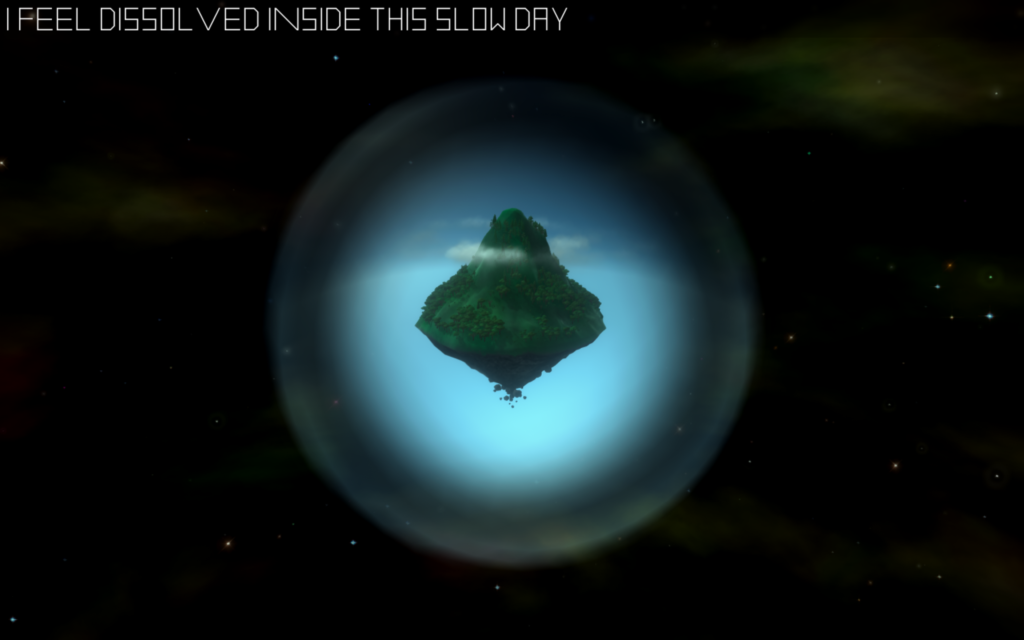
A human has an observant role: one cannot control the insides of a computer game anymore. Most likely, it is the other way around: the mountain is evolving and living all by itself. For one dollar, you can only get access to the observation of subjectivity which holds a world on its own. Night and day change in a game, as well as conditions of existence, but as a user, you can only perform micro-actions which don’t influence anything. Sometimes you can even see the state of the mountain shown on a screen, or encounter an attempt to engage in dialogue (or just a question?).
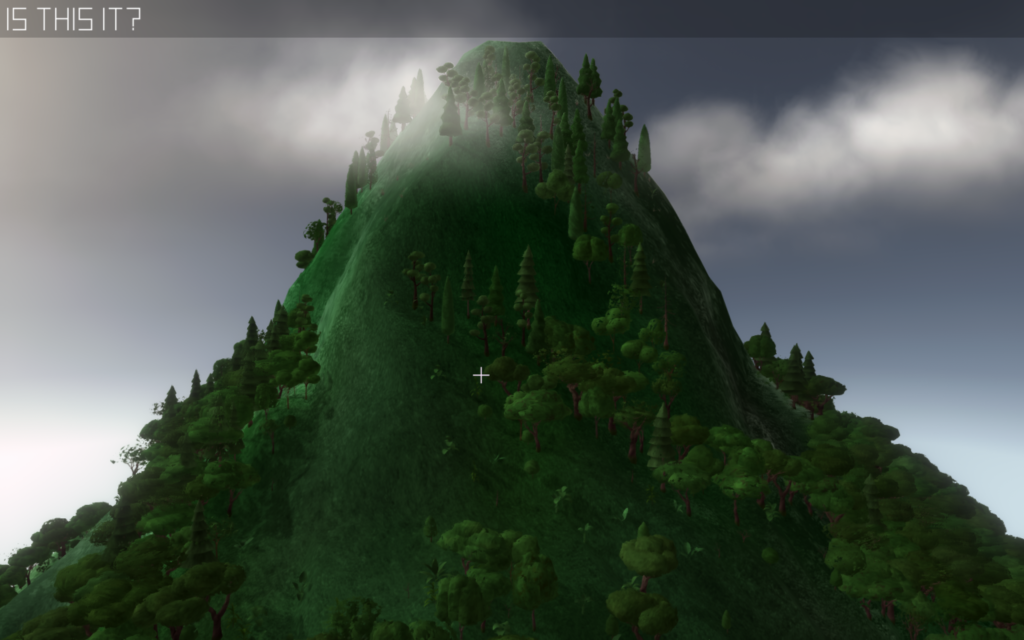
In Everything you can become one of the animals, insects, the Universe particles on a microlevel, or, let’s say, a comet on a macro-level. Along with that, your protagonist is able to time travel. Today I was a mammoth, and I got back into the Ice Age. To gain agency, you can get inside the avatars at different levels and become a ladybug or, if you spend enough time reaching a certain level, a molecule of this ladybug. If you could have ever imagined Universal Procrastination, this is it: you don’t have to do anything. If you give up, your avatar starts its own life walking and travelling around the planet, which is just like the Mountain – an (utopian?) island where various processes occur, and you can co-exist with them, plunge into them (or is plunging just a way of coexistence – a careful one?).
There are games which don’t need a viewer, games which are stripped off a viewer’s gaze, of an outsider’s gaze. Something is happening there while you’re not present, a world changes and evolves; and it is not loaded with ‘God’s’ sight, human’s sight. A human doesn’t rule anymore, doesn’t control an in-game universe. The bodies in the process of creation are being present there, not the bodies which have already been created.
By Dzina Zhuk
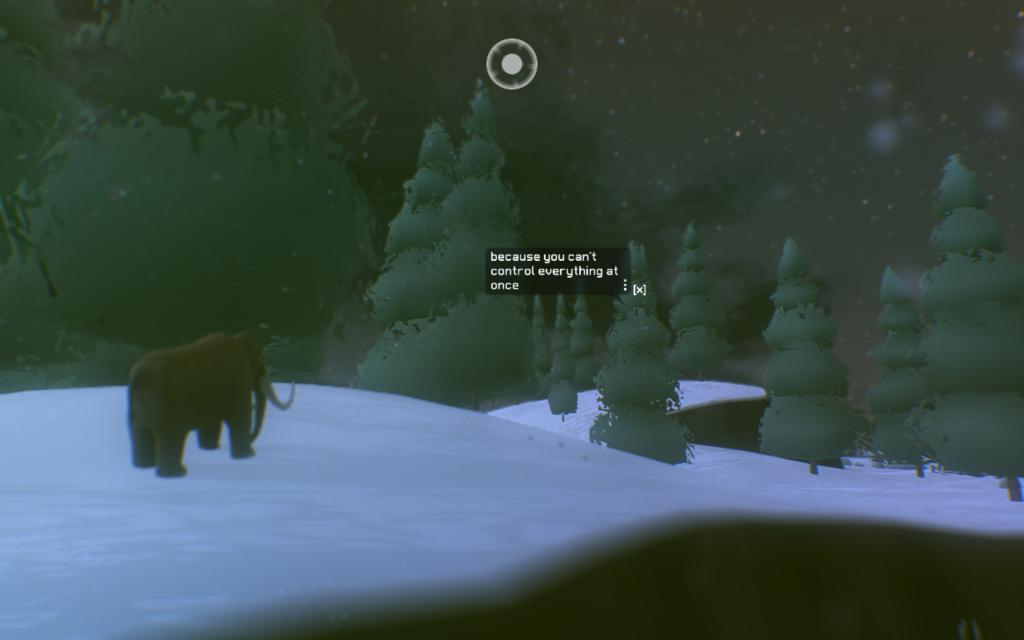
Create a temporary recreation area

Eeefff. Automated Recreation Zone, 2018 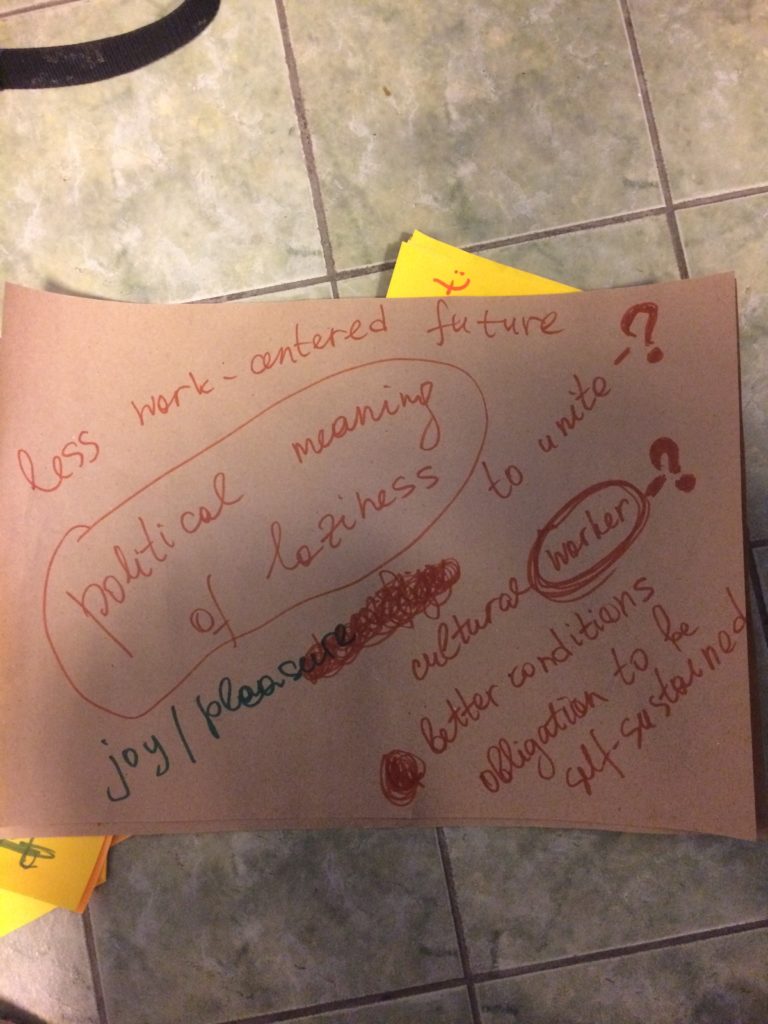
Eeefff. Automated Recreation Zone, 2018
Invite guests via a local food delivery aggregator. After the first treats are served by the guests, invite them to join the table. Tell them that this picnic was initiated particularly for food couriers and is built up by their colleagues. That it is a temporary recreation room set to rest from the daily routine. That guests were invited to find some time for a break from their insane work schedules to attend a picnic for a while and to be together.
By eeefff
Comments
All in all, how is time scheduled for food delivery work? As I understand it, in Russia you cannot just take a break, it has to be allowed by a manager. And if you pause while treating it as an incomplete order, it may look like a delay, right? + other orders will be standing in the queue? Well, it will be interesting to think about how it is really possible to trick the system and its scheduling!
As far as I know, it’s quite a monstrous system, at least in Moscow. Yes, you cannot set your work rhythm yourself, it is regulated either by a manager or an algorithm which optimizes human resources. Only a year ago you could encounter Yandex food couriers idling in McDonalds or Burger King. But for now, something had changed in the algorithmical heads of managers and couriers who bum around, banished from the streets and cafes.
Instructions for unproductive daydreaming session
This exercise is to be performed around 2 p.m. in the middle of a working day. It is a dance meditation that interrupts the flow of your daily drag and forces your body to relax and forget about all its daily troubles. In order to perform the exercise, follow the instructions below: Download the audio from soundcloud onto your phone. Step out of your office and find a relaxing meadow in order to fall into a meditative state. A ‘Meadow’ is here to be considered as: “A flat surface where you are capable of laying down. It could be your bedroom floor, a city park or a sunny rooftop. It can be found anywhere where you are alone and feel comfortable and safe in a horizontal position.” Lie down. Relax. Put your headphones on. Press play.
This exercise is inspired by the project Neverendings by the choreographer Sergiu Matis, whom I closely collaborate with. The project is based on the research of Ernst Bloch’s Principle of Hope. Neverendings premiered in 2017 in Berlin. Soundscape is designed by Carl Perks.
By Mila Pavićević
How to upset a Father (An assault on the powerful through nasty means)

Courtesy of Welcome to the Dollhouse!
Courtesy of Welcome to the Dollhouse!
Courtesy of Welcome to the Dollhouse!
Courtesy of Welcome to the Dollhouse! 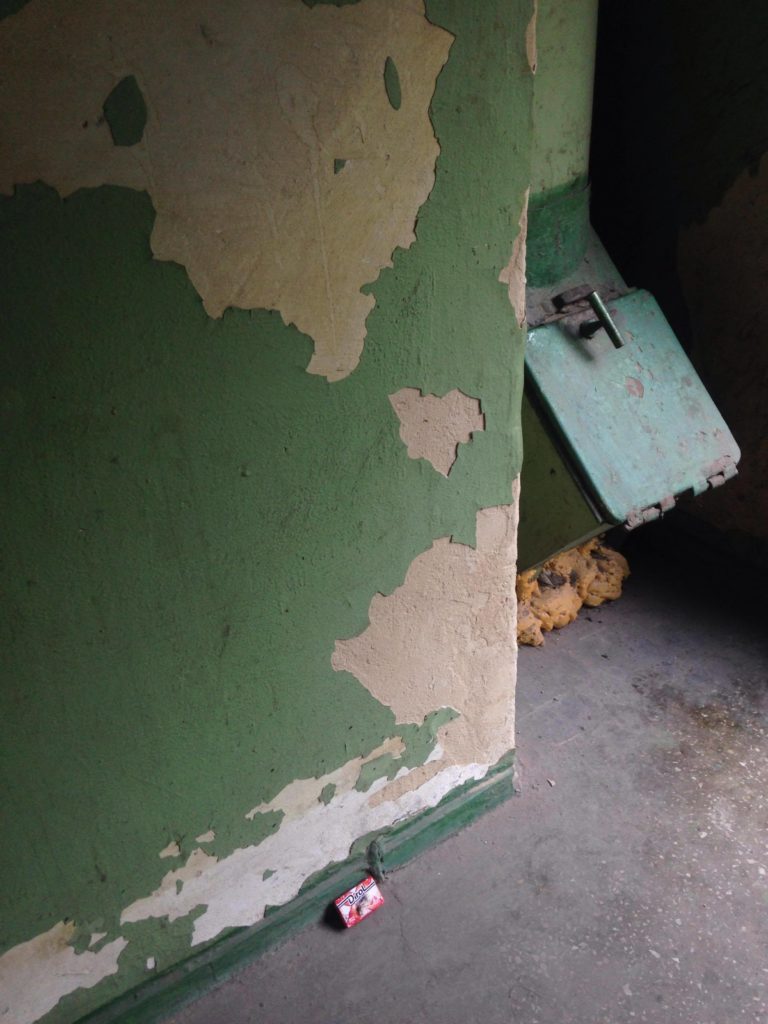
Courtesy of Welcome to the Dollhouse! 
Courtesy of Welcome to the Dollhouse! 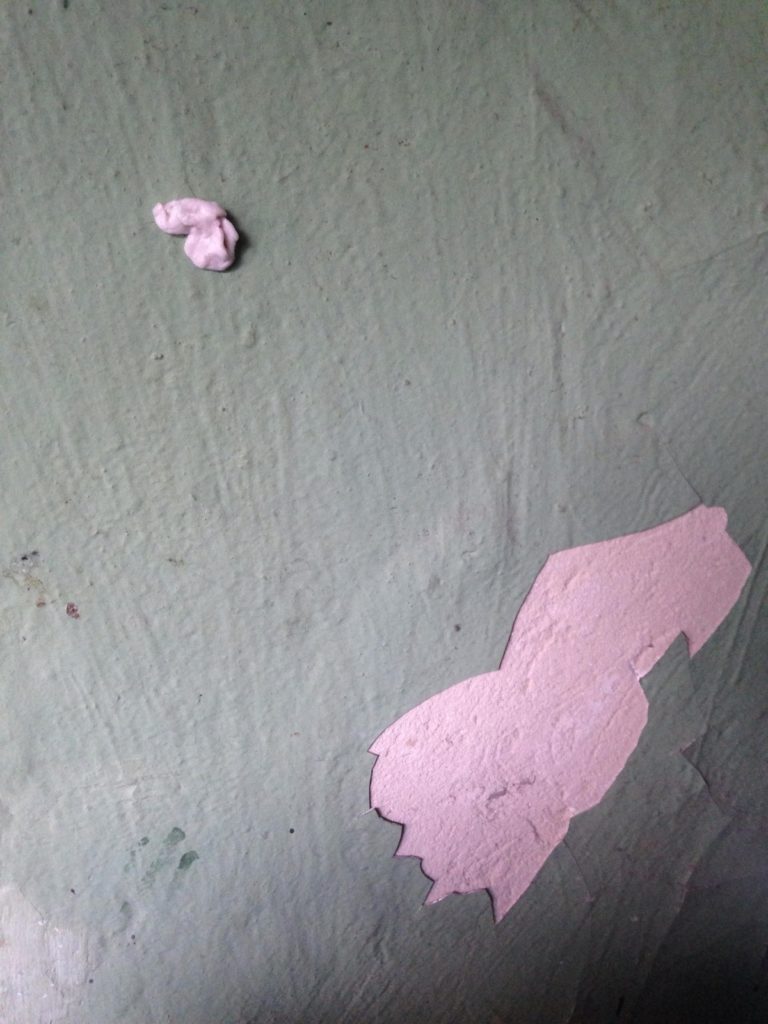
Courtesy of Welcome to the Dollhouse! 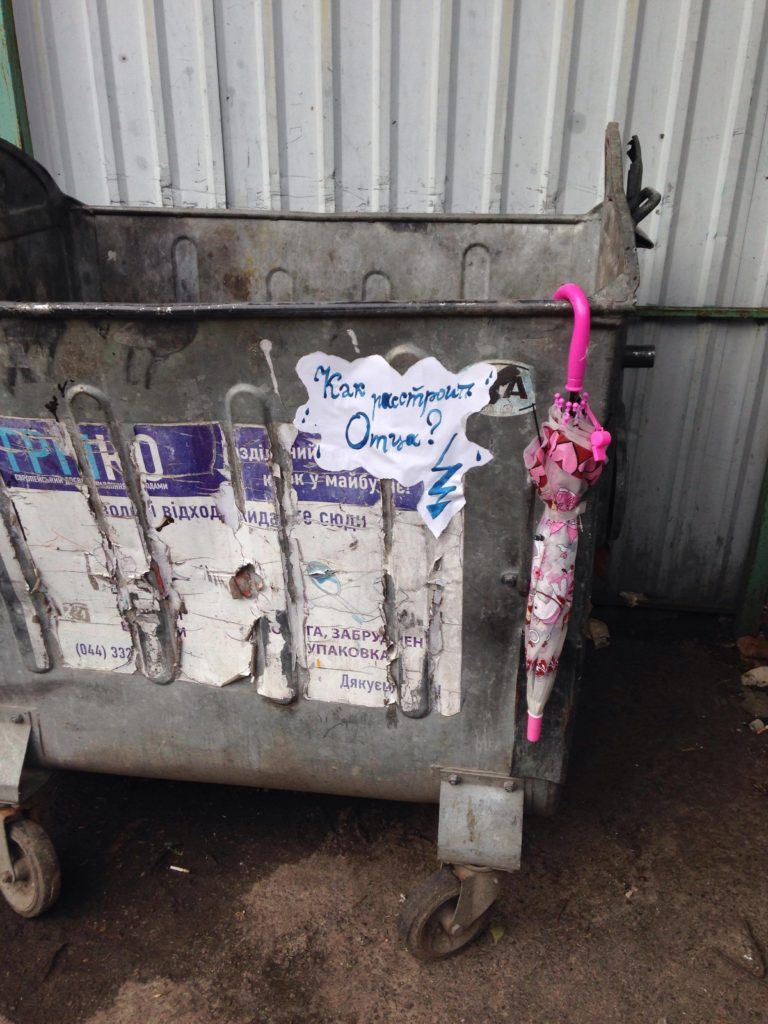
Courtesy of Welcome to the Dollhouse! 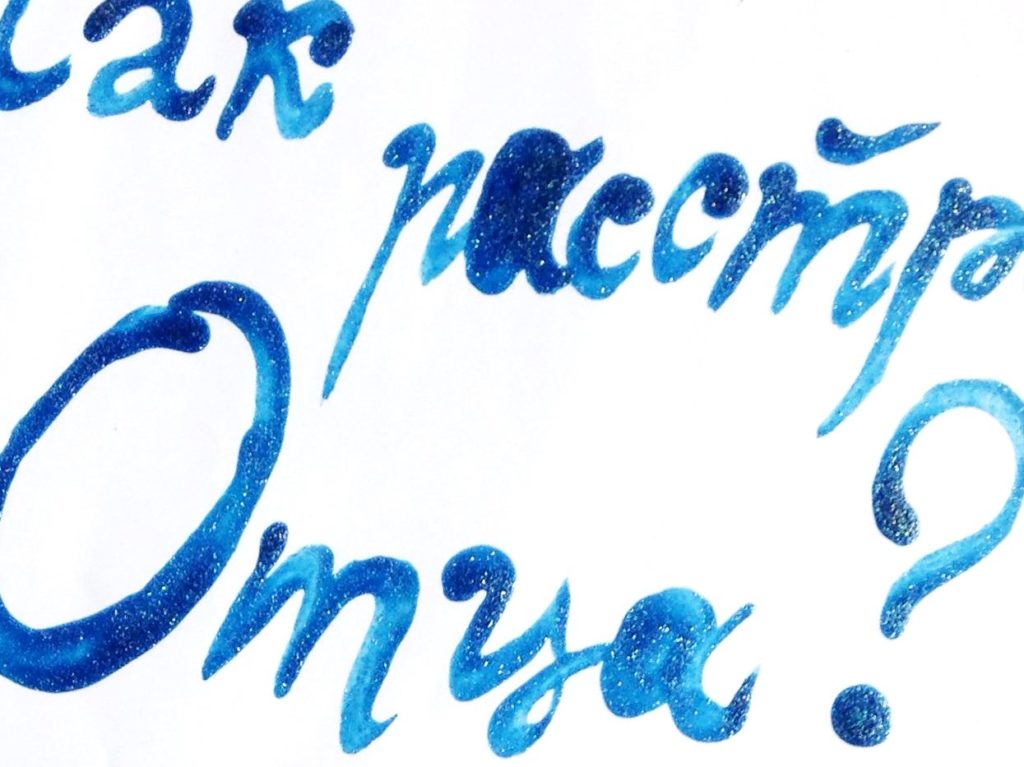
Courtesy of Welcome to the Dollhouse! 
Courtesy of Welcome to the Dollhouse! 
Courtesy of Welcome to the Dollhouse! 
Courtesy of Welcome to the Dollhouse!
Exercises-stories for survival, on Hardships that conceal themselves and the Indolences of daughters
The Celebration of Disobedience of tactical amenities, the hardships of charms of a naive rebellion: the art of treat and gorge, of selection and offerings; tiny clandestine manipulations and a triple betrayal in the name of Elektra, Eclair, and Thunderbolt!
Car la poudre et la foudre c’est fait pour que les rats envahissent le monde! Because powder and lightning are made for rats to invade the world!
Adaptations:
A father-spoiled truffle paste, who cannot sneak into a splendid entrance hall of Gubin’s mansion — wallowed in luxury, there’s no passage below, he is forced to spy on the dance of plasterwork and marble through a window, to hit it with a sorrowful wing, with eye-hair-snake venom, with all his eight gut-pink fingers. My Venetian father, I bring an offering-feeling to your black vacuum, and a non consumable Italian paste-daughter. There’s no passage to you from below, but I know that here, beneath, the girls live; they cram their mouths with filth and take it out with lips, intuitive trackhounds searching for the complementary culinary ingredients for the Kitchen of Earthy Poison.
A father-strawberry Dirol — subtle scorching gum on, paint coming off in chunks, on husk, on squame (through straws) triggers saliva, foam at the mouth!
A father-blue Elektra. A message-question from a Blue Fire of Imperfection of a favorite Ellinistic heroine, one of the jewels of a Greek drama: How to disappoint a Father?
By Welcome to the Dollhouse!
Гиперактивное упражнение
Hyperactive exercise
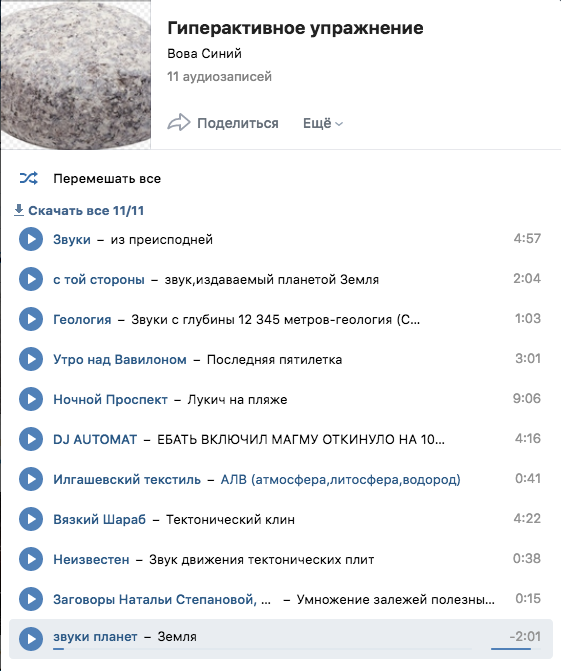
Paradoxically, one way to do nothing is to engage oneself in bureaucracy, its solid, counterproductive power, and its substrate: archives, records, management, and documentation. If for the person on the receiving end, bureaucracy soon turns into a living hell, simulating the feeling that one is walking in a vicious circle, then for an employee within that bureaucracy, work can feel like an exercise in procrastination: the ultimate form of doing nothing – with its small pleasures – and wasting time. This laziness constitutes a specific type of pleasure located within the routine of everyday life, and this laziness interrupts work. Is it possible to use the anti-creative and non-productive power of bureaucracy and filing of papers for one’s own purposes? The following exercise, which combines archeology, psychogeography, and aimless strolling (flâneur), will help answer this question.
To complete the exercise, you will need an organizational system, which we will term an archive, of any kind, digital or physical: file cabinets, vernacular databases, repositories, various collections of information, preferably containing irrelevant data. Before starting the exercise, we follow Sven Speaker’s question: “Is there a part of the archive that escapes from the archivist’s control, a ‘beyond the archive’ that remains inaccessible to its finding tools?”1 There is no need to answer this question. We will look at the archive not as a language of discourse and power, but as a junction of various pieces of information that slip out of registers, cards, hashtags, and indexes.
The purpose of the exercise: aimlessly wandering around data sets
Instruction:
1. Find the archive or database. Since most likely you are behind a computer screen, it is most convenient to use a digital archive. It is possible to work with the material archive: it activates not only your eyes and fingers, but also the muscles of the arms and back. Databases generated with users-data are suitable for this exercise: social networks (vkontakte, odnoklassniki, last.fm, wikipedia, flickr, alibaba, youtube, etc.) Also a personal data set is suitable: for example, an old hard drive disk. Also you can use any psycho-data: bookmarks, contact list in social networks, notes.
2. Come up with a protocol that you will follow. The options are:
2. A) The chaotic way: based on intuition, wink, seduction. Click on any link that seems seductive, strange, interesting, attractive to you. Follow all the links, including the most dumb and containing conspiracies.
2. B) Method-protocol: some users, especially those with a tendency to commit and control, like to follow the protocol. Do not be afraid, come up with the strangest way to go from page to page – anyway, no one will know about it. For example, click on every fifth link, on every material related to a certain topic, a keyword or words that will determine your choice, etc.
N.B. Often, corporate methods will try to control your choices and give you the most obvious moves based on the analysis of your data. Do not be fooled! However, sometimes you should not avoid the logic of the proposed choice – it can lead you to a strange space of the digital unconscious.
3. Turn off all the devices of time measurement, do not let the course of time distract you from such an exciting and counterproductive activity. Perhaps you will learn something new, see special samples of web design, and even save something to your computer.
4. Do not stop!
5. Go from page to page, from video to video, from track to track, from profile to profile: make your aimless hyperactive reeling the most useless, strange, and amazing!
N.B. Psychologists often associate this exercise with attention deficit hyperactivity disorder, which is so characteristic of our time.Do not be mistaken! Aimless hyperactive reeling can be performed with all the seriousness of procrastination and a high level of concentration and attention.
An example of hyperactive aimless scrolling on the database of sounds of the social network VKontakte based on the thematic search and related keywords on the topic of geology:
The Sound of the Underworld → Conspiracies of Natalya Stepanova, redone – Multiplication of mineral deposits → Unknown – The sound of the movement of tectonic plates → Viscous Sharab – Tectonic wedge → … → Ilgashevsky Textiles – ALH (atmosphere, lithosphere, hydrogen) → DJ AUTOMAT – TURNS ON MAGMA LEANED BACK 10 METERS BA$$ BOO$T
By Aleksei Borisionok
Anxiety is a place, a place is a destiny
Annotation
The manual for non-work and laziness from n i i c h e g o d e l a t accumulates a variety of approaches on the topic, which were developed by individual employees of n i i. Non-work with anxiety, with visual and poetic images, and with the body are the constituent parts of this manual; sometimes the routes proposed by researchers unexpectedly intersect, forming new nodes on the time/body/space map. Sometimes the routes exist autonomously. We sincerely hope that each of the users will be able to creatively apply our practices to their own lives.
Content
1) Non-action Algorithms
- anxiety mapping
- wet cleaning vs deadline
- translate me into text
- slow motion
- deadline as a tool for procrastination
2) Possible problems and solutions
3) Frequently Asked Questions and Answers
4) Glossary
5) Subject Index
6) Where else to find information on the subject, contact information
- Non-action Algorithms
- anxiety mapping
anxiety is a place, a place is a destiny
work on destiny, line your anxiety, prepare a map and a plan
here are the flashpoints of anxiety, it is a solitaire, travel through it as through a mine field
traveler is a possibility for a prosthetic, imagine yourself in a blaze
for example (*)
this autumn field, the islands of anxiety are smouldering under the yellow leaves,
recognizing anxiety is a code, the same code is sewed into your body somewhere
encounters, feel your future burns like if they have been always present
put on a bandage, put the plan on the map, rub these leaves with ointment
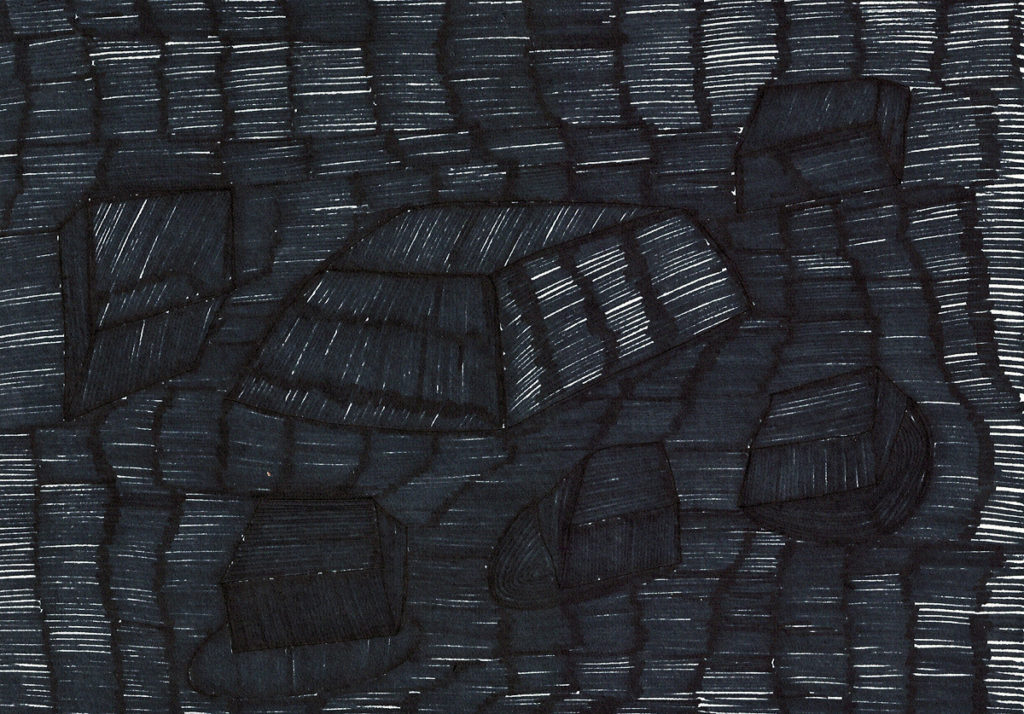
trace anxiety places on the body, paint them and decorate
you dressed yourself up, let’s work with this
how long have you been together
how long are you going to be together
answer politely and correctly
how did I meet you – I recognized you by the scent of leaves, you are my series of explosions,
let’s decorate these places and go to a party
hyperlinks and exilement, deport me to all the anxiety places, I follow right now oh now I cross
your page is on fire
I leave it a like
it gives me a wink
do you already know where to be on fire tonight?
would you drop me a link?
places want to be round as nests,
anxiety is also warping into a nest
over-scrolled pages as tiny nests on the fingertips
- wet cleaning vs deadline
(*)
I lie and look at the floor. I can do no more in this state – just lie on the floor and look at the floor. I focus on a thin layer of dust with petals from a bouquet brought on the eighth of March. I look and feel how desire to remove it increases. At the moment this is my strongest desire, it is stronger than the desire to live.
Cleaning is what I want right now. Wet cleaning. I would even say full-scale cleaning. It is necessary to sort out the closet, remove the winter clothes, arrange the spices according to the flavor strength. This is very important, much more important than my deadline on a text, and even more than an unedited video.
Quite rarely, or rather quite briefly, we find ourselves in a state of insufficiently chewed affect when we do not know what we feel. Sensory recognition habits work smoothly, thus we quickly pack affects into a narrative. Anxiety is either a means of achievement, or a consequence of an affective broth, of the non-discrimination of emotions.
Anxiety involves the imagination: I want to imagine the contours and clear silhouettes of future errands, reports, projects – instead of this rattling and discrepancies within myself; the fever of emotions produces spoilers of the future, which can be returned to when resonances fade away.
- translate me into text
***
verses on the way to a workplace
notes in the bathroom
how does inner jelly live
a jiggly subject
a magician of anxiety states, a teacher, a guru
dark knowledge from the other side
acts of despair
soulful practices
recognize me
then translate me into text
this is a deck of cards
face down
face up
I’m lying on the bed
ever accelerating deceleration
I see the traces of grief on my friends’ faces and the grief itself
here are its crinkles
and these chinks
and this inappropriate pause in a conversation
friend, we are seaming ourselves into a one soft cloth
we are waiting for ulysses
a table
there’s an old cup of morality
rattling on the table
while you are eating up your dinner with no taste of food
my dear, I’m ready to sweep open toward
- slow motion
Find a quiet, secure place where no one can distract you from doing the practice. Do a little warm-up that will prepare the body for slow movement. Turn on quiet meditative music (Chinese bells suit perfectly). Set the timer for a specific time. It is recommended to start with 15 minutes of deceleration per day, gradually adding several minutes every time you do this exercise. Theoretically, it is possible to extend the practice to 24 hours a day, but for now, as far as we know, no one has been able to achieve this result. Start the slow movement from the fingertips, gradually outspreading it to the entire body. Try to include the entire possible range of body movement, while maintaining the slowest speed that you are capable of. Continue moving until the timer signal goes off. Smoothly exit the slowdown state.
- deadline as a tool for procrastination
I exist only six months ahead.
One residence confirmed my participation,
which means that I won six more months of the future.
Postponed events form the horizon of the future, the future that does not exist in the post-truth world. These are the small horizons of upcoming events, projects, conferences, reports and trips. When they approach, they burst on the tongue like a fizzy candy, creating a spoiler of an event online. This is usually enough for the event to never happen.
Deadline, as the most accessible tool for procrastination, will allow you to postpone an event for as long as possible. When you have a deadline, you see this point on the map (also many see the line which is often called deadly), so you can start moving in different directions, leaving behind unnoticed bookmarks, ruins of chats and links that lead nowhere. This is a digital nomad strategy without a rigid structure and given rules for rambling on the Internet.
Try to reasonably approach the deadline and use it repeatedly, endlessly prolonging and postponing. As such an environmentally friendly example, the Biennale The World Without Work, which consisted of numerous open-call parties “before” and endlessly postponed events “after”, can be cited.
2) Possible problems and solutions
The main problem of procrastination is its usefulness. If I do not write the text I do the dishes; if I do not do the cleaning, I watch the movie; if I do not watch a movie, I wander on the Internet and learn something new. This paradox leads us to the fact that procrastination is the most productive, socially approved action. The vice of the 21st century is encrypted labor. Using simple actions, remove the stigma from procrastination, regain the right for laziness.
3) Frequently Asked Questions and Answers
What is the difference between laziness and procrastination?
Answer options:
– Laziness is sweet, procrastination is bitter.
– Procrastination is an intact and explicit process, it is uninterrupted even if discretely divided into parts by a different charge, but it is a single act, and it is positively charged; while laziness implies a stillbirth of the action, before its formation as an impulse, denying it beforehand and keeping the negative charge all over.
– In procrastination, there is a certain potential, a charge. It is like the rune Isa, the rune of freezing. It seems that nothing is supposedly happening on the external level, but juices accumulate inside, they circulate, prepare for Spring. And laziness is just a waste of time.
– Laziness as the saving of strength, the unwillingness to invest in something worthless, kinda good laziness, laziness of care, like: I am tired, I want to lie down – well, lie down; laziness as bliss, lazy noon, let’s go swimming after lunch – no, let’s lie down for a while in the shade, I’m lazy to go; laziness as the ability to relax, to contemplate, the ability to be at rest.
Laziness as an unwillingness to overcome difficulties because the meaning of this overcoming is not very clear, i.e. laziness is something (in a positive sense) healthy: why should I slave away and sweat for this? for what? Thus, laziness is also associated with motivation: something does not provoke laziness in me (personal examples) –even if this is a very tedious task, exhausting. Thus, it is either pleasure from the process, dedication, or strong motivation.
When I say: I’m lazy, – I confess that there is not much pleasure here, and I am not very passionate, and I have no particular motivation.
There is a big difference from procrastination – because it is unconscious, procrastination is precisely like inhibition, postponement, this is when the unconscious beats you, goes around from the rear, leads you somewhere, although you seem to be doing something.
And laziness, if you say: I am lazy, is an open position, an open non-recognition of all your “bonuses” for enduring the alleged difficulties. And that is why laziness is scourged as the mother of vices, because it is a scandal – you confess that there is no pleasure in what you are invited to do, you are not carried away with this, and this motivation does not work for you. And this is a reason to be excluded, because you kind of question some kind of a common game. When you say that you are too lazy to do something, you devalue this action, and thereby terribly offense those who value this business.
4) Glossary
n i i c h e g o d e l a t – liquid / fluid institution that explores and promotes topics and ideas related to post-labor society
a world without labor – a society which is free from the need to engage in alienated labor; possible on the condition of overcoming capitalism
basic income – the regular payment of a certain amount of money, providing a decent standard of living, to each member of society, regardless of their income level and without their need to perform any work
anti-praxis – a strategy aimed at breaking the cyclical nature of the development of capitalism; proposed by representatives of unconditional acceleration (U/ACC). “To accelerate the process, and to throw oneself into those flows, leaves behind the (already impossible) specter of collective intervention. This grander anti-praxis opens, in turn, the space for examining forms of praxis that break from the baggage of the past. We could count agorism and exit as forms impeccable to furthering the process, and cypherpolitics and related configurations arise on the far end of the development, as the arc bends towards molecularization of economic and social relations.” (Edmund Berger)
44 futures – a practical phase of n i i c h e g o d e l a t readings.
Bodily-vocal-graphic performance based on the books of Nick Srnicek / Alex Williams and Peter Frase, in which the authors describe possible types of future in automation
Nomadism – a movement characterized by the rejection of the idea of rigid structures based on binary oppositions and the idea of strict determinism. Nomadism means slipping through conceptual landscapes and a geographic matrix without setting any structural goal; not sharing and not attaching; hacking central control code and stable movement score. It is autonomy and independence from determined conditions.
5) Subject Index
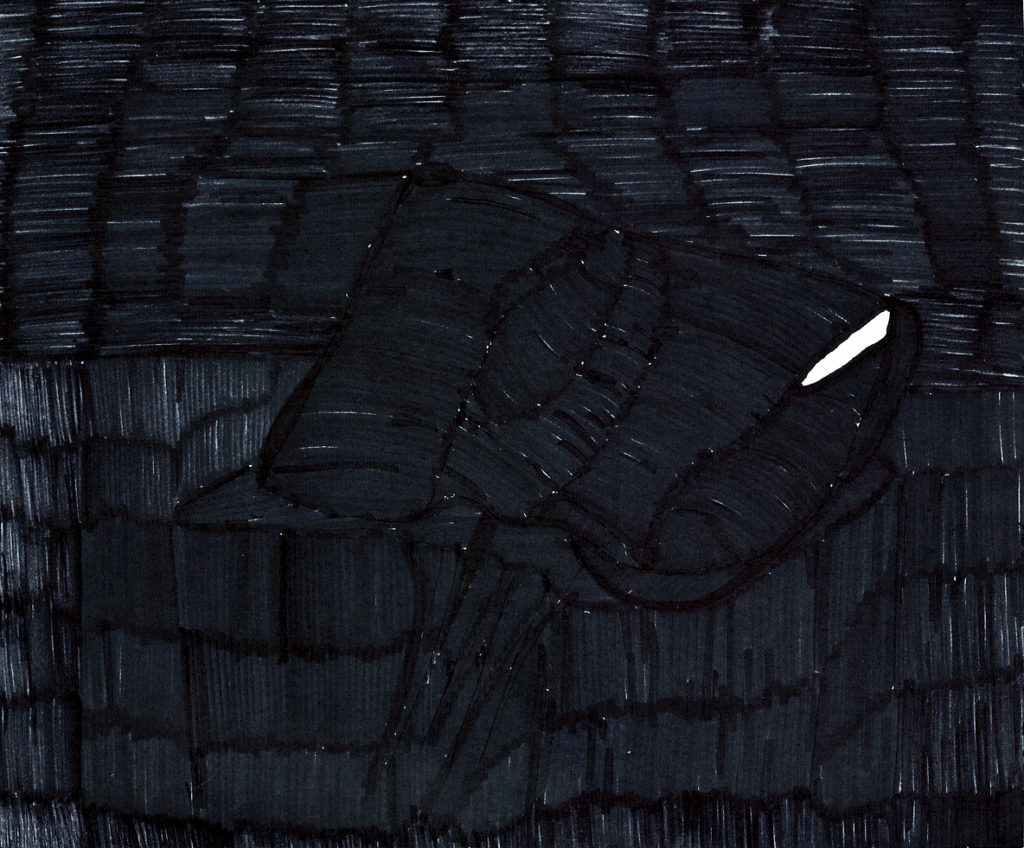
6) Where else to find information on the subject, contact information:
By n i i c h e g o d e l a t
Relaxation / relaxed tongue
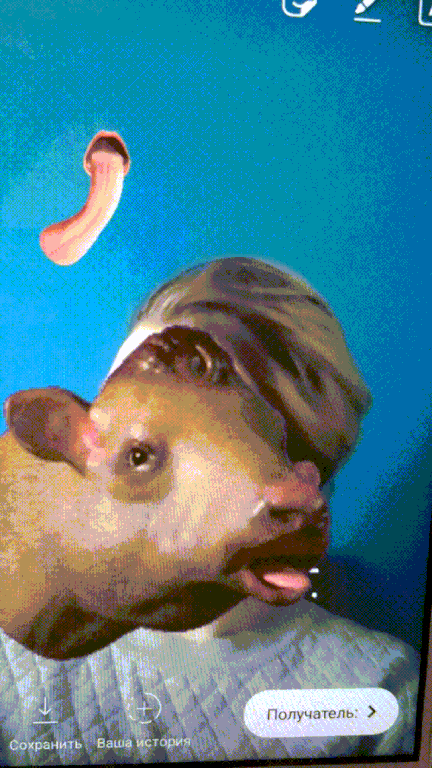
Relaxation is at the heart of labor. Let’s try to find and preserve it.
- To achieve a state of relaxation, detach will from an organ.
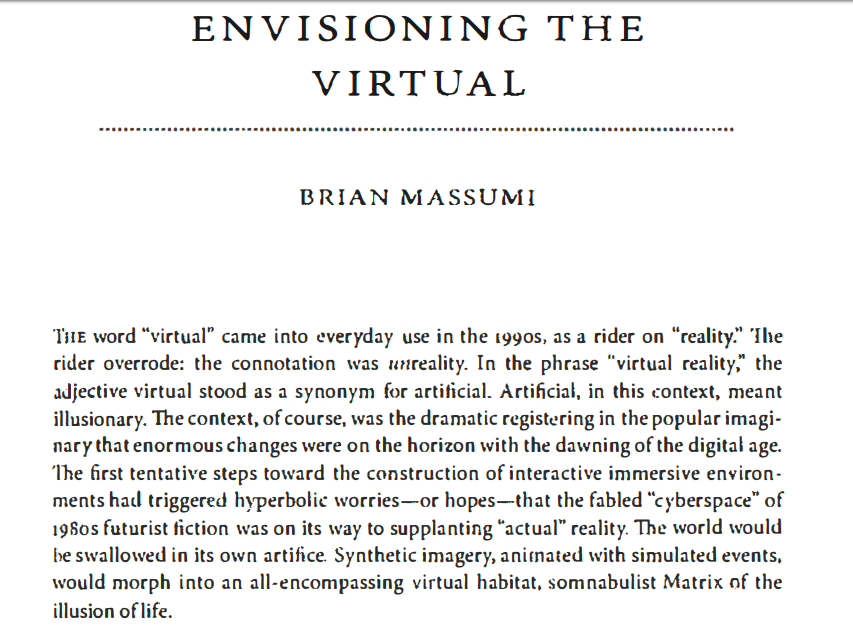
ENVISIONING THE VIRTUAL
BRIAN MASSUMI
The word “virtual” came into everyday use in the 1900’s, as a rider on “reality.” The rider overrode: the connotation was unreality. In the phrase “virtual reality,” the adjective virtual stood as a synonym for artificial. Artificial, in this context, meant illusionary. The context, of course, was the dramatic registering in the popular imaginary that enormous changes were on the horizon with the dawning of the digital age. The first tentative steps toward the construction of interactive immersive environments had triggered hyperbolic worries – or hopes – that the fabled “cyberspace” of 1980s futurist fiction was on its way to supplanting “actual” reality. The world would be swallowed in its own artifice. Synthetic imagery, animated with simulated events, would morph into an all-encompassing virtual habitat, somnambulist Matrix of the illusion of life.
2. But an organ can dry out! // quote

Relaxed (Mt.4:24, Mt.9:2) – a disease that deprives a person of free movement, and thus the connection between the will and the body part affected by relaxation breaks. When the word is used in the New Testament, it can mean apoplexy or paralysis of the whole organism, paralysis of one side of the body, paralysis of muscle contraction, so that the body parts can neither be raised nor stretched, and then the affected parts of the body are soon made wither. This disease is still prevalent in the East. The parts of the body remain motionless in the very position in which they experienced a sudden seizure, and the suffering is sometimes so intense that soon after the seizure death occurs (Mt.8:6).
3. What do you replace the will with in order to protect an organ from drying out so it stays flexible and soft? You can moisten it with a vagina or, alike the creeping types of plants, cling to watered species, sing songs. You can also do a pleasant massage!

DON’T perform any movements with the tongue. Relaxed, wide, flat. These are the main three points. Your head will perform all the movements needed. When your head moves upwards, your tongue wouldn’t go anywhere: it will just follow your head.
Here it’s demonstrated of how to finish the upward movement of a tongue
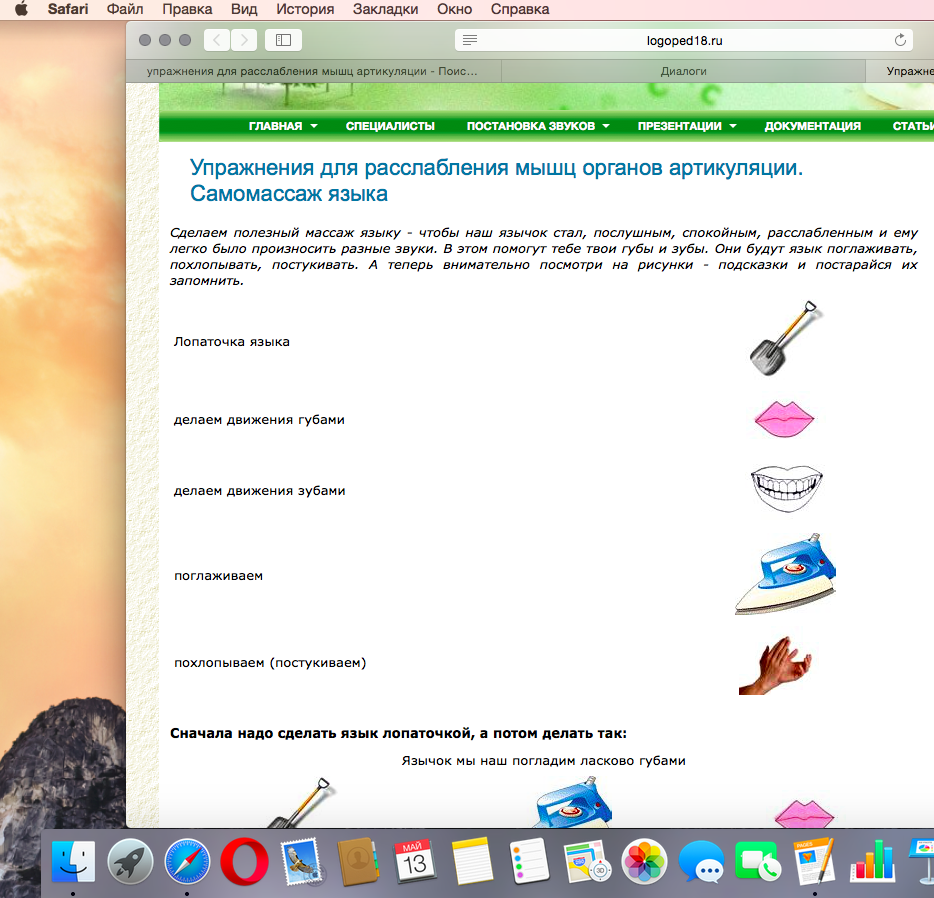
Exercises to relax the muscles of organs of articulation. Self-massage of the tongue
We will make a useful massage to the tongue – so that our tongue becomes obedient, calm, relaxed, and it would easily pronounce various sounds. Your lips and teeth will help with that. They will stroke, pat, tap the tongue. And now carefully look at the pictures and try to remember them.
tongue-spatula
doing lip movements
doing teeth movements
stroking
clapping (tapping)
First you need to make your tongue in a shape of a spatula, and then do this:
We stroke our tongue with our lips affectionately
Algorithm: desire provokes relaxation; toss in some curiosity/attention/interest/dedication to detail, and the new 👅 of philosophy is ready!
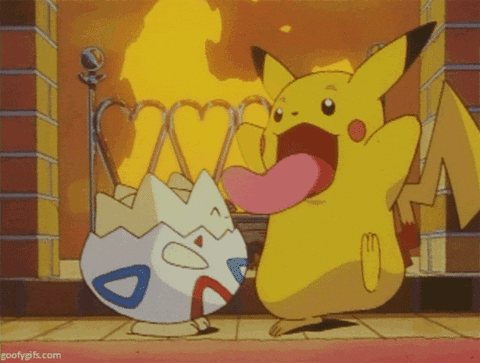
THE END
By n i i c h e g o d e l a t
-
Sven Spieker. The Big Archive. Art from Bureaucracy. Cambridge, London: The MIT Press, 2008. P.3.↩